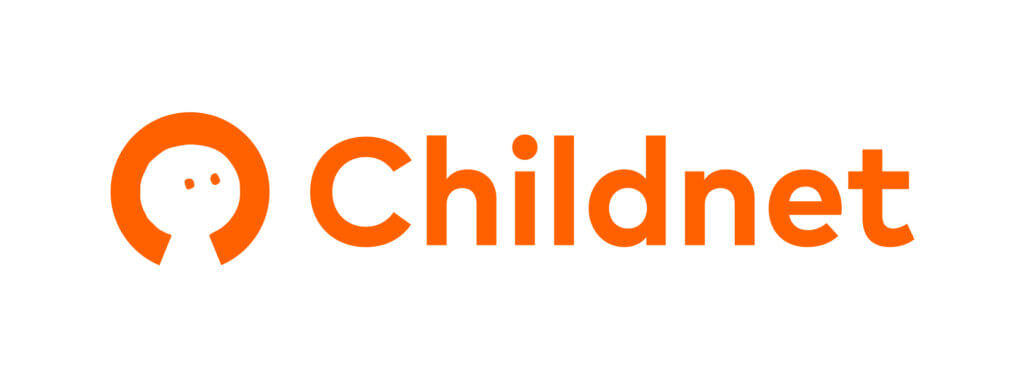
Social media algorithms are one of the tools used by technology companies on the apps, games and websites we use every day. Things such as the videos you watch, links you click, pages you follow or accounts you interact with all help decide what content the algorithms show you.
In this post, we will help answer the questions that parents and carers may have about algorithms and some information about how to help keep your child safe when spending time online.
What are social media algorithms?
An algorithm is a set of rules and signals that social media sites use to show their users the videos, pictures or articles that they are most likely to interact with.
Algorithms mean that no two people on an app like TikTok will see exactly the same content, even if they follow the same accounts or have similar profiles. This is because the algorithms learn from our online behaviour, and make decisions about what content to show us based on lots of different information.
The online behaviour that an algorithm might use includes:
- Liking a video, picture, article or comment
- Subscribing to an account
- Watching a video all the way through
- Skipping a video or stopping it halfway
- Leaving comments or reviews
- Using the share button to send videos, pictures or articles to others
How can algorithms be a positive thing?
Algorithms can help connect you to accounts that you might like based on what you have chosen to like and view. If your child likes to watch videos on a specific topic, like slime, they are likely to be suggested more slime videos along with other videos on similar topics.
Algorithms can also stop us from seeing content we don’t want to see, or won’t find enjoyable. Lots of algorithms will use their knowledge of a user to avoid showing them content that they weren’t interested in before.
They can be useful in keeping content relevant and appropriate for certain age groups, especially if your account uses age restrictions or parental controls. Some algorithms use the watching habits of the user to predict their age. This means that they try to suggest content that is more suitable for them based on this predicted information.

What are the possible risks around algorithms?
Screen time and maintaining a healthy balance
The urge to watch ‘just one more’ can be difficult to resist when algorithms show videos they know you will be interested in. This can make it harder to take a break and maintain a healthy balance between time on and offline.
A lack of different opinions or experiences
Algorithms show you content that the apps and companies think you will be interested in. This can mean that you are also more likely to see content that matches your own opinions about the world, rather than videos or posts that show a balanced range of views and different perspectives.
Sometimes this is referred to as an ‘echo-chamber’ and can make people see their beliefs or opinions as more common than they are.
Exposure to upsetting, extreme or unsuitable content
Some social media companies have been criticised for creating algorithms that gradually show people more upsetting or extreme content based on their interests. For example, if a young person looks at a lot of content about animals, an algorithm could start to suggest content showing animal cruelty, neglect or upsetting rescue videos, to them.
In the past these suggestions have also led to children and young people being shown content that promotes harmful behaviour, including eating disorders and self-harm.
Targeted advertising
Based on the content being viewed, adverts are selected that are more appealing to the user. Targeted advertising can be difficult to resist.
When a child is pushed advertising, we know how difficult it can be to deny them of what they want to purchase.
How can I support my child?
Using social media can be an exciting way for your child to communicate with others and see videos, posts and images that they find interesting. However, it is also important to talk openly with them about how to view content safely and what to do if things go wrong.
Conversation Ideas
Talk about and practice reporting harmful content online with your children…
Lots of social media sites have a report or block button that your child can use if they are upset or worried about something they see online. Work together with them to find these features, and discuss when and why they are important to use.
Ask your children about what they enjoy watching and doing when they are online
It’s helpful to have an understanding of the content your child might be seeing when they go online, as this could help you consider what algorithms might show them. Keep communication about their online habits open and non-judgemental, so that they feel comfortable talking to you if they see content that worries them.
Ask them if they know who to talk to if they see something upsetting while online
Use our Family Agreement resource to discuss what your child should do if they see something upsetting. Identify trusted adults that they can talk to both at home and at school.
Practical Tips
Search for accounts with positive and enjoyable content.
By searching, following and interacting with accounts that post positive content that your child enjoys, this can help the algorithms to show them more of that content and make their time online entertaining and valuable.
Always register accounts with the correct age.
Social media apps will use the age of the user to help choose content to show them. Making sure that accounts are registered with the correct age can help stop inappropriate content from appearing on your child’s account,
Unfollow or mute accounts that you don’t like
‘Unfollowing’ or ‘muting’ accounts is another type of interaction that tells the algorithms that you do not enjoy certain content. By ‘muting’ an account, you make it so that you cannot see what they post, and the algorithm is less likely to suggest similar accounts for you to look at.
Know how to report content on apps and websites
Use our guide on reporting content online to familiarise yourself with the tools for blocking and reporting content on social media.
Follow a range of accounts with different perspectives
This can help prevent the ‘echo-chamber’ effect of algorithms, as it may help you to be recommended a wider range of content with different ideas and perspectives on important issues.


